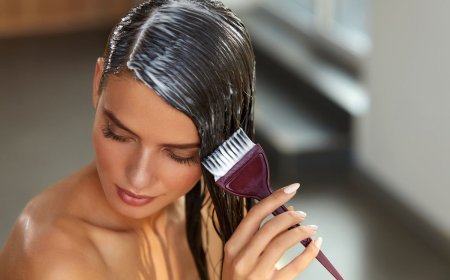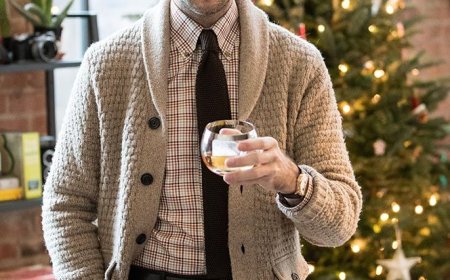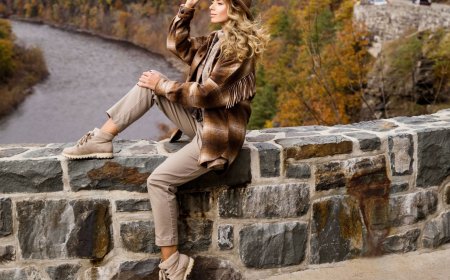How to Get Wrinkles Out of Leather Without Damaging It
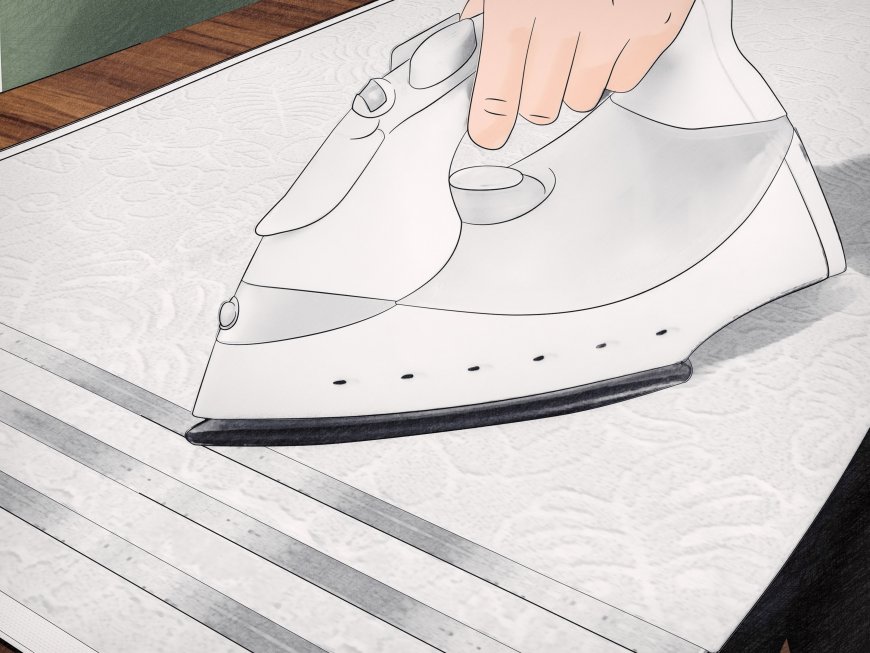
Leather is esteemed for its durability and aesthetic appeal; however, it is not immune to the inevitable passage of time, which may present as unsightly wrinkles. These creases can detract from the visual allure of leather goods, whether they be garments, accessories, or furniture. Thus, employing methods to eliminate wrinkles without compromising the integrity of the leather is paramount. This discourse will elucidate various techniques that can effectively reduce or eradicate wrinkles while ensuring that the material's sumptuous texture and hue remain intact.
Understanding the composition of leather is critical before embarking on any wrinkle-removal endeavor. Leather originates from animal hides and undergoes a complex tanning process that preserves its texture and prevents decay. This unique composition renders leather both pliable and resilient; however, it also means that it requires specific care protocols to maintain its condition. Various factors contribute to the formation of wrinkles in leather, including environmental conditions, improper storage, and the natural wear associated with frequent use. Addressing these factors is essential for preserving the quality and aesthetic of leather products.
Various methodologies can be explored to remove wrinkles from leather, ranging from low-tech solutions to specialized treatments. Below, we discuss the most effective strategies while weighing their respective advantages and disadvantages.
Steam Treatment: An Age-Old Solution
Using steam to alleviate wrinkles is an age-old remedy utilized across various textiles, including leather. The gentle heat and moisture provided by steam can relax the fibers of the leather, allowing it to revert to a smoother state. However, caution must be exercised, as excess heat or moisture can lead to irreversible damage.
To implement steam treatment, begin by filling a kettle or steam machine with water, bringing it to a gentle boil. Maintain a distance of approximately twelve inches from the leather surface to avoid direct exposure. The steam should be directed toward the wrinkled area, ensuring that it envelops the leather without saturating it. Once the leather has absorbed enough steam, use your fingers to gently smooth out the wrinkles. It is imperative to allow the leather to dry naturally afterward, as rapid drying can lead to further creasing.
While steam treatment is quite effective, it is advisable to perform it judiciously on only specific types of leather, such as cowhide or sheepskin. Suede and nubuck leathers, for example, should generally be avoided because they are particularly sensitive to moisture, which can alter their texture and appearance.
Ironing: A Delicate Approach
Another technique involves the use of an iron; however, since direct heat can be detrimental, it is best to err on the side of caution. Begin by placing a clean, thin cloth, such as a cotton handkerchief or muslin, over the wrinkled area. This barrier helps to diffuse the heat, preventing direct contact with the leather.
Set the iron to a low heat setting devoid of steam. Gently glide the iron over the cloth in a circular motion, taking care to avoid lingering in one spot to minimize the risk of scorching. This method may require a few passes, but patience is key. Once the wrinkles have dissipated, allow the leather piece to cool in its natural state.
This method is particularly effective for smoother leathers, such as nappa or finished leather. Conversely, employing an iron on more delicate finishes, like suede, could cause irrevocable damage, thus highlighting the importance of material compatibility.
Conditioning and Massage: Reviving Natural Supple Texture
Additionally, the application of leather conditioner can circumvent wrinkle formation and contribute to the restoration of existing marks. Leather conditioner serves not merely as a hydrating agent but also supports the intrinsic elasticity of the leather. Many of these products are formulated with natural oils and fats that can rejuvenate the material while imparting a protective layer against environmental stressors.
To utilize conditioning, first, clean the leather surface with a gentle leather cleaner to eliminate dirt and debris. Following this, apply a small amount of leather conditioner to a soft cloth and gently massage it into the wrinkled areas. The conditioning should be performed in a circular motion, allowing the product to penetrate the leather fibers adequately.
This method is advantageous because it not only diminishes the appearance of wrinkles but also enhances the leather's overall texture and durability. Importantly, leather conditioning requires a suitable product, as not all formulations are compatible with every leather type; always consult care guides prior to application.
Storage and Preventive Measures: Mitigating Future Wrinkle Formation
Prevention is far more efficacious than remedying wrinkles once they manifest. Proper storage and maintenance can significantly reduce the occurrence of creases over time. Firstly, it is prudent to maintain adequate humidity levels in environments where leather is stored. High humidity can lead to mold growth, while excessively dry air can cause leather to become brittle and creased.
Utilizing padded hangers for leather garments or ensuring that leather items are stored in breathable dust bags can mitigate the formation of wrinkles. Avoiding overloads in storage spaces will also prevent compressive forces that can lead to marked creasing. It is preferable to stagger leather products in a manner that allows ample airflow around them.
Regular cleaning and conditioning regimes are indispensable for nurturing leather. Implementing a routine that encompasses the use of specialized leather cleaner and conditioner at least every few months assists in maintaining optimal suppleness and resilience.
When traveling, avoid cramped spaces in luggage that can lead to unwanted folds. Utilizing packing aids such as bubble wrap or soft clothing can help preserve the shape of leather items against compression. Similarly, safeguarding leather furniture from direct sunlight and extreme temperature fluctuations will not only prevent adverse effects on aesthetics but also mitigate the development of wrinkles.
Conclusion: Harmonizing Care with Practicality
Removing wrinkles from leather requires a delicate balance of techniques and preventive measures, each tailored to the specific type of leather in question. Whether employing steam, a gentle ironing method, or conditioning, it is essential to consider the material's unique properties and attributes. Understanding the nuances of leather care can prolong the lifespan of these coveted items, allowing individuals to continue enjoying the exquisite tactile and visual characteristics that leather has to offer for many years to come. While modern methods abound, the time-honored principles of careful handling and mindful storage remain the cornerstones of effective leather care.
What's Your Reaction?
 Like
0
Like
0
 Dislike
0
Dislike
0
 Love
0
Love
0
 Funny
0
Funny
0
 Angry
0
Angry
0
 Sad
0
Sad
0
 Wow
0
Wow
0
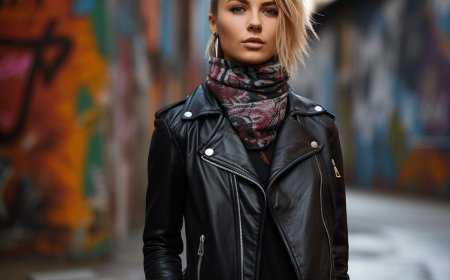
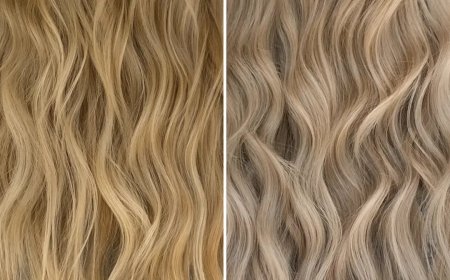
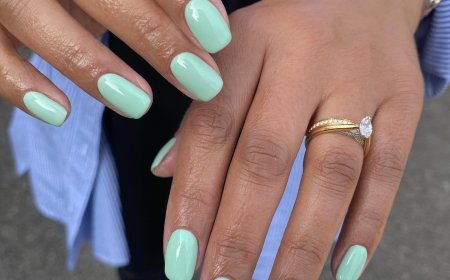
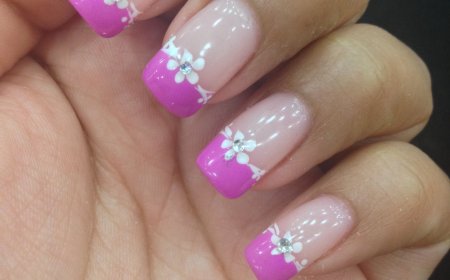

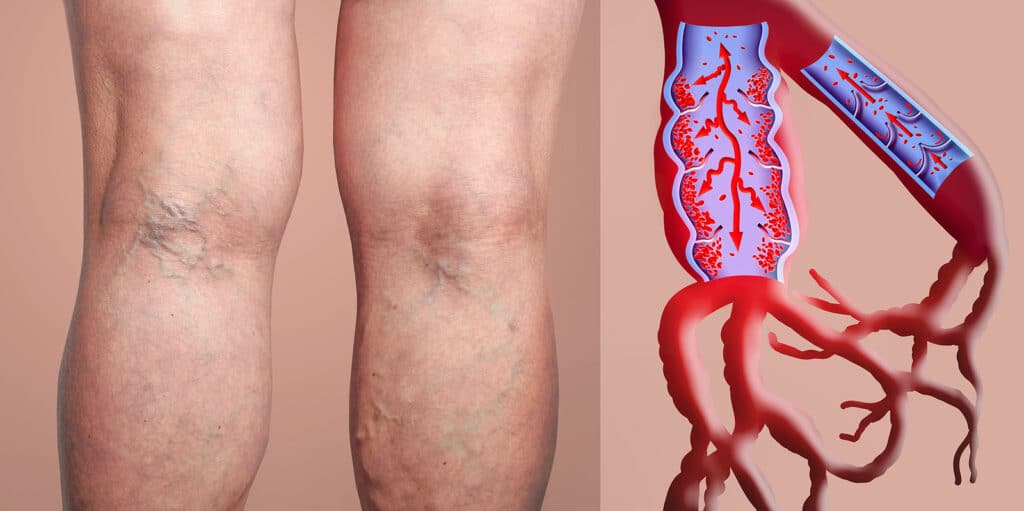

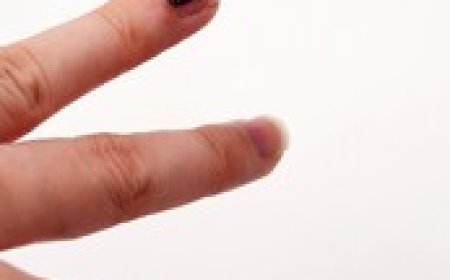

:max_bytes(150000):strip_icc()/drugstore-retinol-creams-tout-f76b9d2796e34eaa8376801c83fb1888.jpg)
